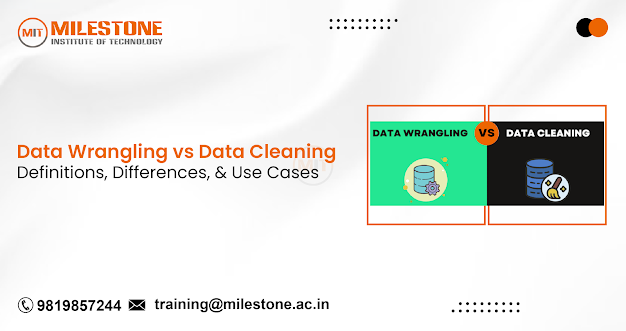Best 3D Modeling Software: Choosing the Right Software for Your Needs

In the ever-evolving world of 3D modeling, the choice of software can significantly impact the quality and efficiency of your work. Whether you're a seasoned professional or a hobbyist, selecting the right tool is crucial for achieving your creative and technical goals. Here’s a guide to the best 3D modeling software available today, helping you make an informed choice based on your specific needs. 1. Blender Blender is a versatile, open-source 3D modeling software that has gained popularity for its robust features and zero cost. It offers a comprehensive suite of tools for modeling, texturing, rigging, animation, and rendering. Blender's strong community support and frequent updates make it an excellent choice for both beginners and professionals. It’s particularly well-suited for creating animations, visual effects, and video games, thanks to its built-in game engine and support for various scripting languages. Pros: Free and open-source Extensive feature set Active communi...
.png)


.png)